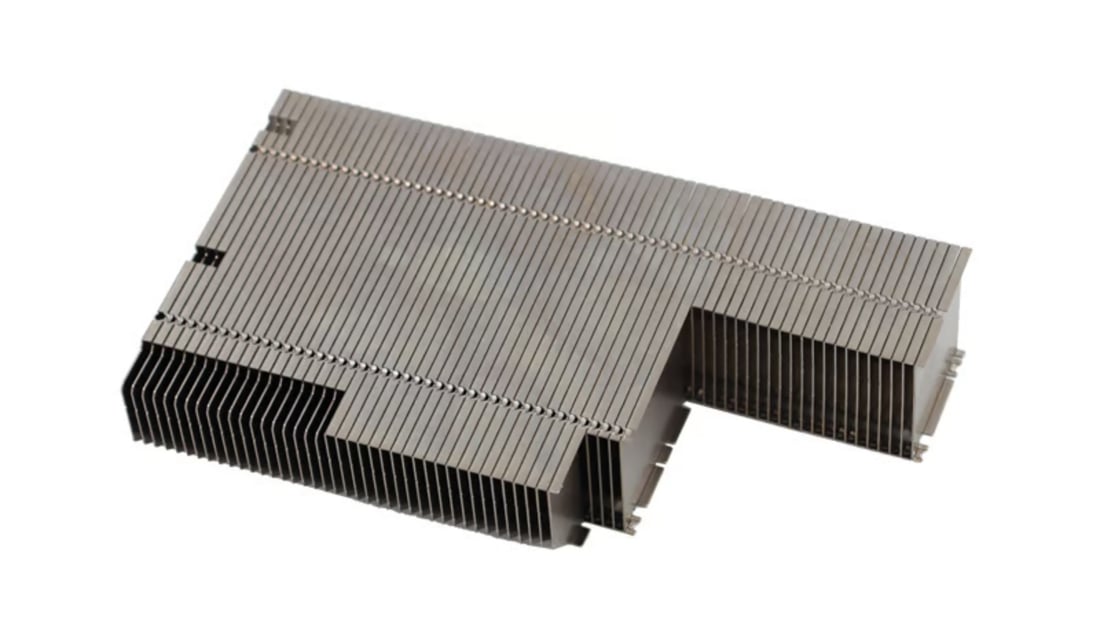Material
When choosing a heatsink, one of the most important factors to consider is the material it is made of. Different materials have varying thermal conductivity, weight, and cost implications that can impact the efficiency of the heatsink. Common materials include aluminum, copper, and graphite, each with its own set of advantages and disadvantages.
Size and Weight
The size and weight of the heatsink are crucial considerations, especially in applications where space is limited or weight is a concern. Larger heatsinks generally have more surface area for better heat dissipation, but they may not be suitable for compact devices. It is essential to strike a balance between size, weight, and thermal performance to ensure optimal cooling efficiency.
Fin Design
The design of the fins on a heatsink plays a significant role in its cooling ability. Fins increase the surface area of the heatsink, allowing for better heat dissipation. Common fin designs include straight fins, pin fins, and folded fins, each offering unique advantages in terms of thermal performance and airflow.
Mounting Mechanism
The mounting mechanism of a heatsink is another critical factor to consider when selecting the right cooling solution for your application. Proper mounting ensures good contact between the heatsink and the heat source, maximizing heat transfer efficiency. There are various mounting mechanisms available, such as clips, screws, and adhesive thermal pads, each with its own pros and cons.
Heat Dissipation Requirements
Understanding the specific heat dissipation requirements of your application is essential for choosing the right heatsink. Different heat sources generate varying amounts of heat, and the heatsink needs to be able to dissipate this heat effectively to prevent overheating. Consider factors such as power consumption, thermal resistance, and operating temperature range when selecting a heatsink.
Noise Level
While heatsinks are primarily designed for cooling purposes, they can also contribute to the overall noise level of a system. Some heatsinks come with fans for enhanced cooling performance, but these fans can generate noise. If noise is a concern in your application, opt for a heatsink with a passive cooling design or a low-noise fan to strike a balance between cooling efficiency and noise level.
Cost
Cost is a significant factor to consider when choosing a heatsink, especially if you are working within a budget. The material, size, design, and brand of the heatsink can all impact its cost. It is essential to weigh the cost against the performance and reliability of the heatsink to determine the best value for your specific cooling requirements.
Compatibility
Ensuring compatibility between the heatsink and the heat source is crucial for effective heat dissipation. Consider factors such as socket type, thermal interface material, and clearance issues to prevent any compatibility issues that could hinder the performance of the heatsink. Check the manufacturer's specifications and compatibility guidelines before making a purchase.
Thermal Resistance
Thermal resistance is a key parameter that indicates how effectively a heatsink can dissipate heat. Lower thermal resistance means better heat dissipation performance. When selecting a heatsink, pay attention to the thermal resistance value and compare it with the heat dissipation requirements of your application to ensure optimal cooling efficiency.
Aesthetics
While aesthetics may not be the primary concern when choosing a heatsink, it is still worth considering, especially in consumer-facing applications. Heatsinks come in various designs and finishes, so you can choose one that complements the overall look and feel of your product or system. Consider factors such as color, shape, and LED lighting options for a heatsink that not only cools effectively but also enhances the visual appeal of your application.
Quote Inquiry
Contact us!

